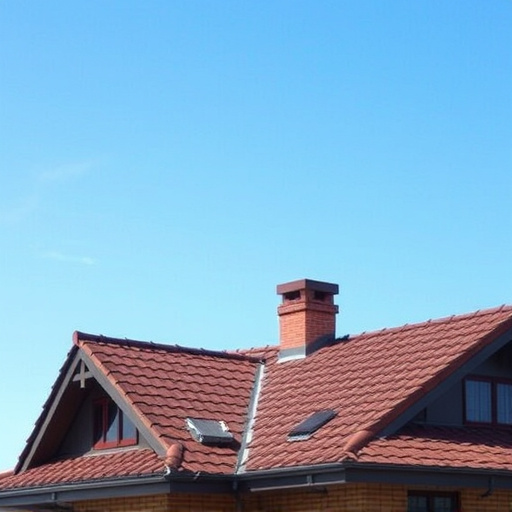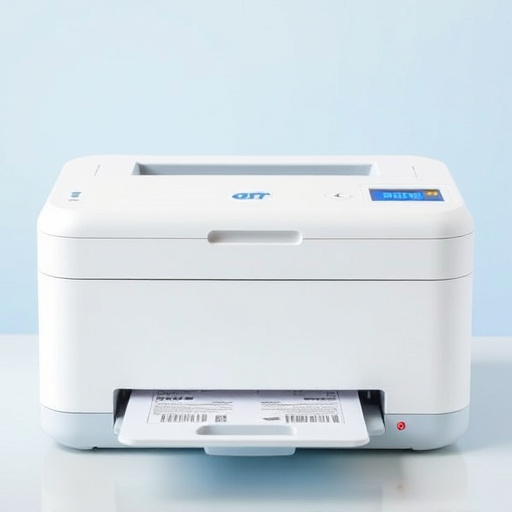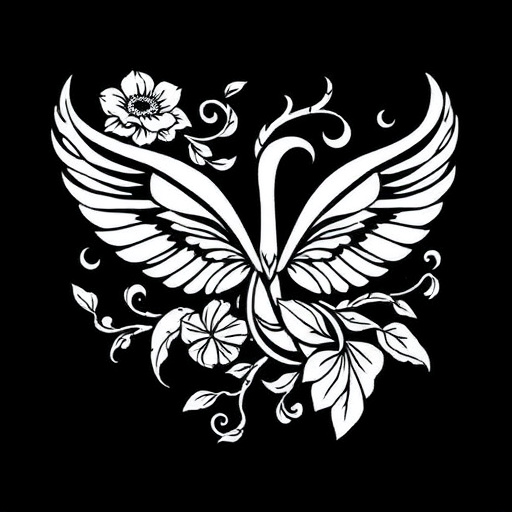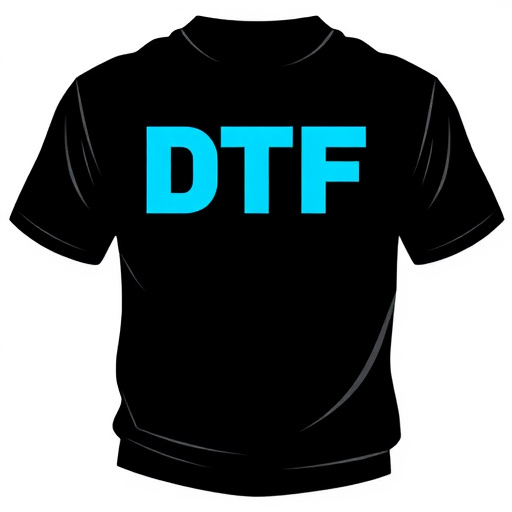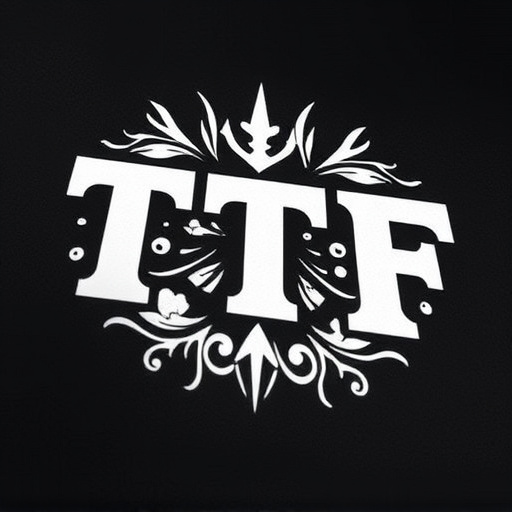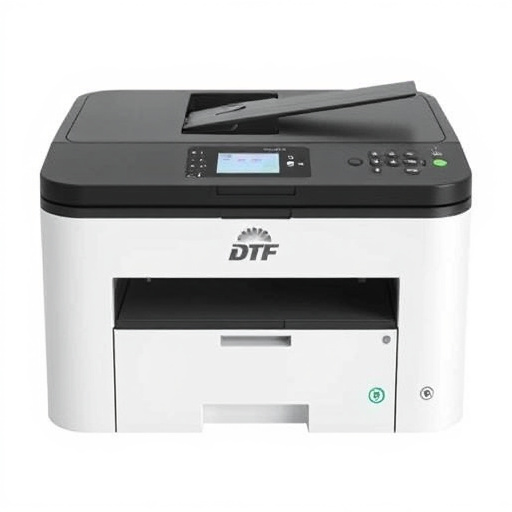DTF Transfer Ready To Press revolutionizes clothing production by offering swift, precise printing on various fabrics, eliminating complex setup. This technology enables businesses to create custom products efficiently, cost-effectively, and in small batches, catering to diverse customer demands and quickly adapting to market trends. Proper file preparation ensures exceptional print quality on dark or transparent fabrics, enhancing product offerings.
Looking to diversify and expand your product line efficiently? Discover the power of DTF (Direct-to-Fabric) transfers as a game-changer for businesses seeking innovative growth strategies. This comprehensive guide explores the benefits of DTF for enhancing customization, speed, and cost-effectiveness in production. We’ll walk you through practical strategies to implement DTF transfer ready-to-press, allowing you to navigate the process seamlessly and unlock new creative possibilities for your products.
- Understanding DTF Transfers: A Comprehensive Guide
- Benefits of DTF for Expanding Product Lines
- Strategies to Implement DTF Transfer Ready to Press
Understanding DTF Transfers: A Comprehensive Guide
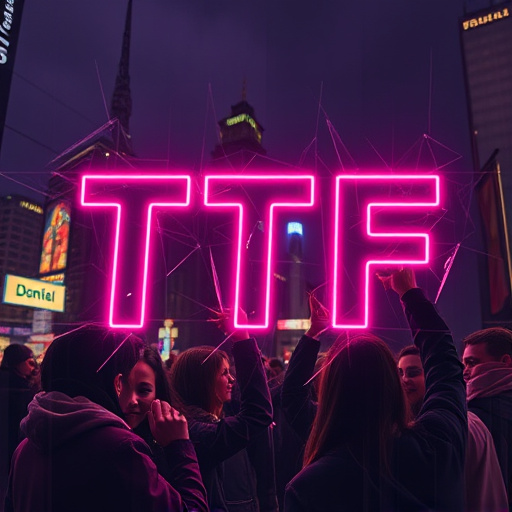
DTF (Direct to Fabric) Transfers are a game-changer when it comes to expanding product lines, especially in clothing and apparel. This technology allows businesses to effortlessly print designs on various fabrics with precision and speed. A DTF Transfer Ready To Press is more than just a tool; it’s a versatile solution for creating custom, on-demand products.
With DTF printing for hoodies, t-shirts, and other textiles, businesses can offer unique, personalized items without the hassle of complex setup or expensive machinery. The process involves transferring ink from a print head directly onto the fabric, ensuring vibrant colors and crisp details. This method is not only efficient but also ideal for small batches or one-off orders, making it perfect for catering to diverse customer demands.
Benefits of DTF for Expanding Product Lines
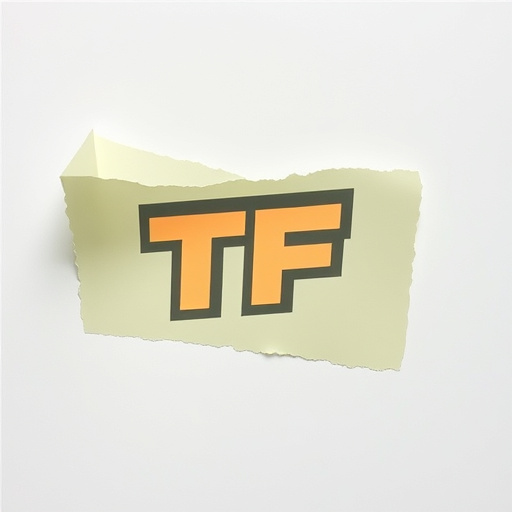
Expanding your product line with DTF (Direct to Fabric) transfers offers a myriad of advantages for businesses looking to diversify their offerings. One of the key benefits is its versatility; DTF printing allows for seamless customization on various materials, from cotton tees to hoodies and even dark fabrics, making it an ideal solution for custom t-shirts and apparel. This technology enables businesses to easily adapt to changing market trends and consumer demands.
DTF Transfer Ready To Press systems streamline the production process, allowing for efficient and cost-effective manufacturing. It simplifies the art of printing on textiles, ensuring high-quality results while reducing setup time. With its precision and ability to produce vibrant, detailed designs, DTF printing for hoodies and other garments can elevate your product range, captivating customers with unique, personalized options.
Strategies to Implement DTF Transfer Ready to Press
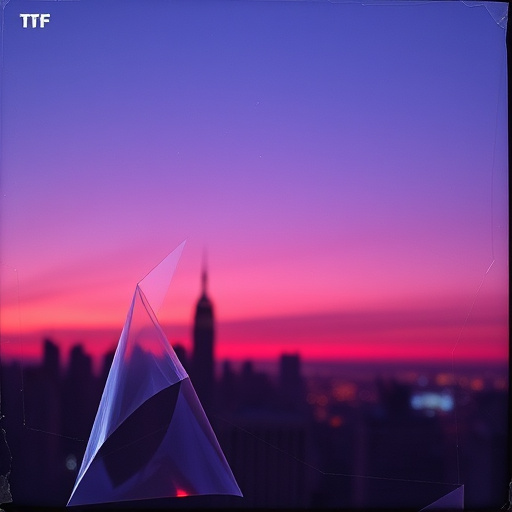
To make the most out of DTF (Direct-to-Fabric) transfers, it’s essential to prepare your design files correctly before sending them to print. One key strategy is to ensure your designs are optimized for the specific material they will be applied to, especially when targeting dark fabrics. Using a transparent or white background on your artwork allows for precise color replication and prevents any unwanted ink buildup that could occur with darker fabrics.
Additionally, the resolution of your image should meet the requirements of your DTF printer. Higher resolutions ensure cleaner prints, resulting in more vibrant and detailed designs. Consider using vector graphics whenever possible as they scale better than raster images. Finally, check the color mode; CMYK is typically recommended for printing on fabrics, whereas RGB works best for digital screens. Preparing your files with these considerations in mind ensures that your DTF transfer sheets are ready to press, delivering exceptional print quality and expanding your product line effectively.
Expanding your product line with DTF Transfer Ready to Press technology offers a dynamic and efficient solution. By understanding the benefits and implementing strategic approaches, you can seamlessly integrate this method into your production process. This innovative technique not only enhances productivity but also opens doors to diverse design possibilities, ensuring your brand stays competitive in the market.






